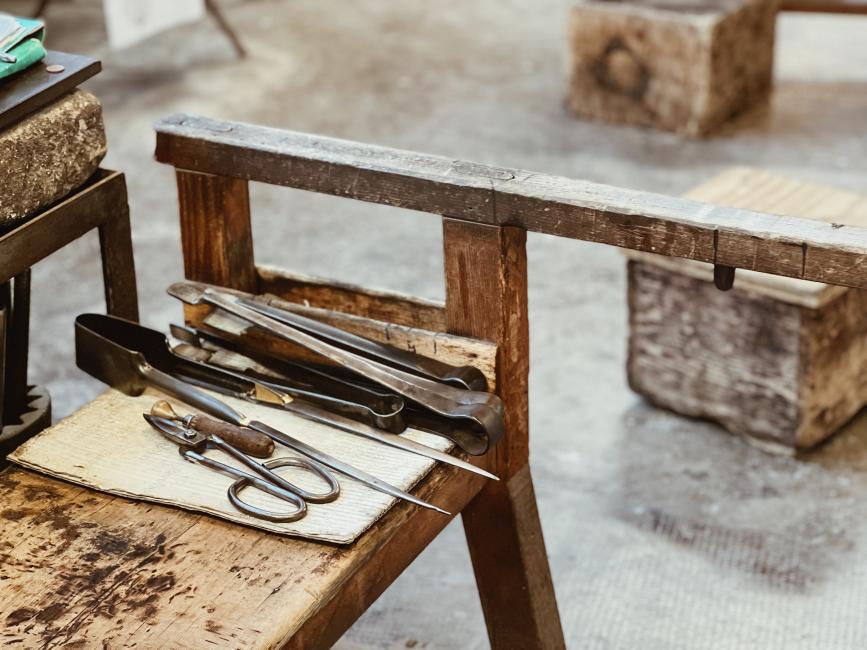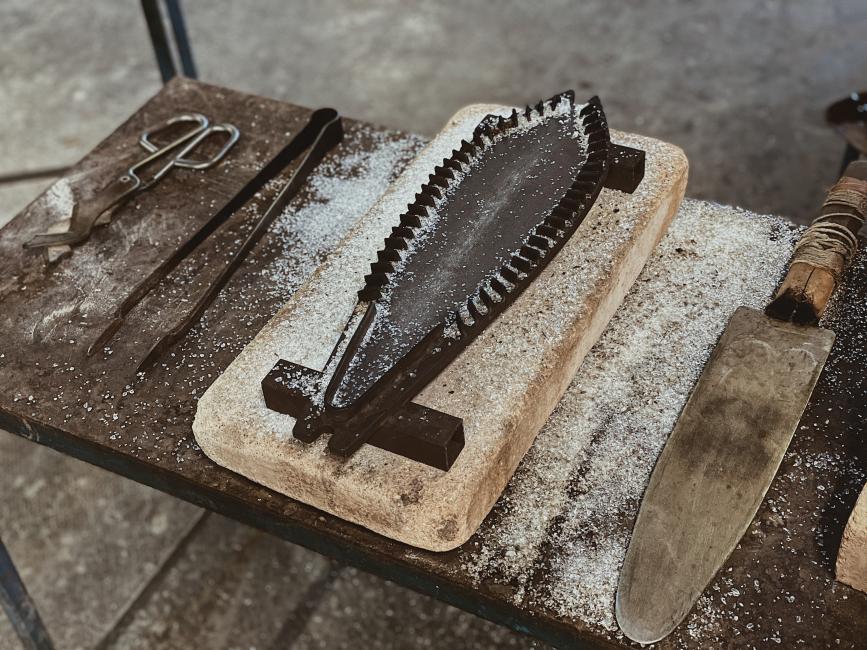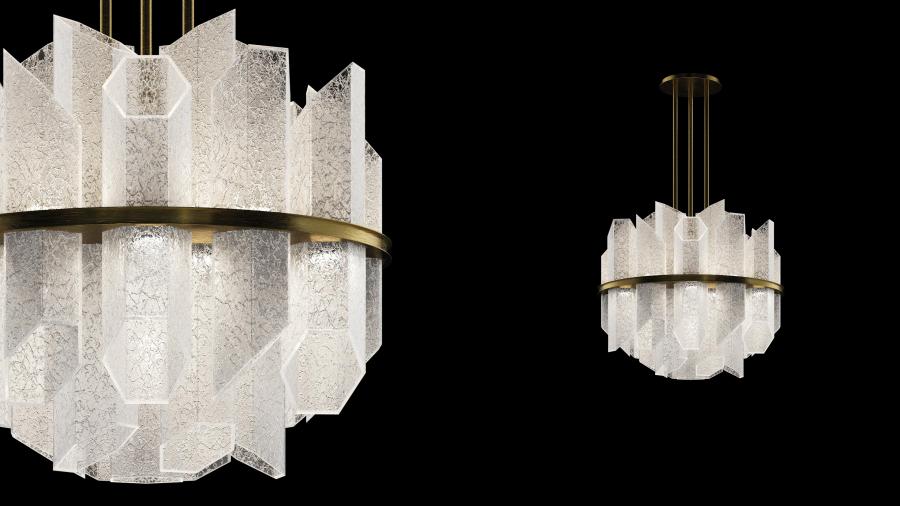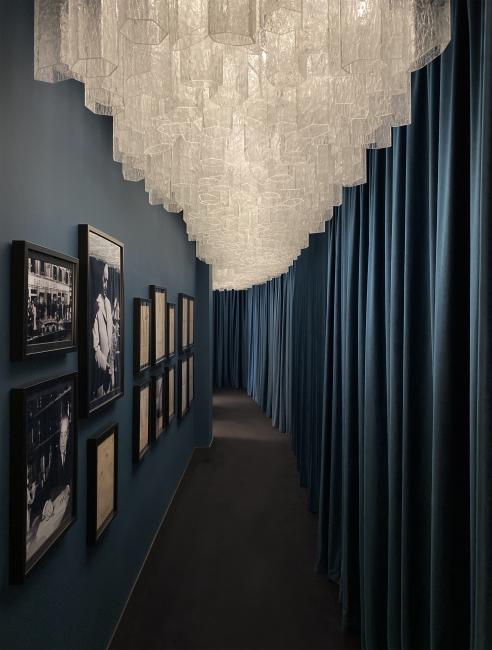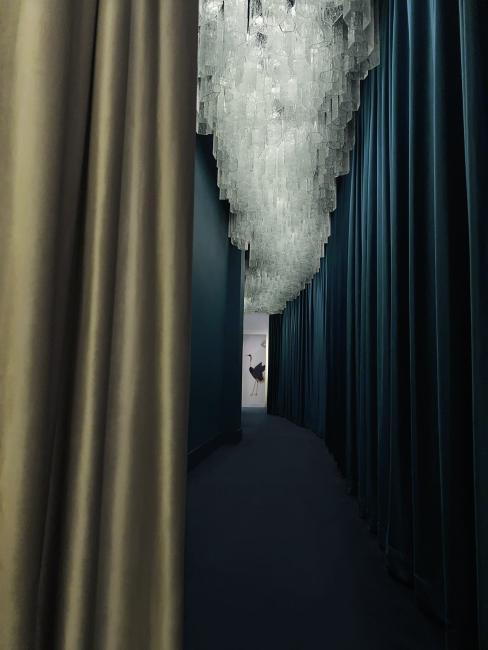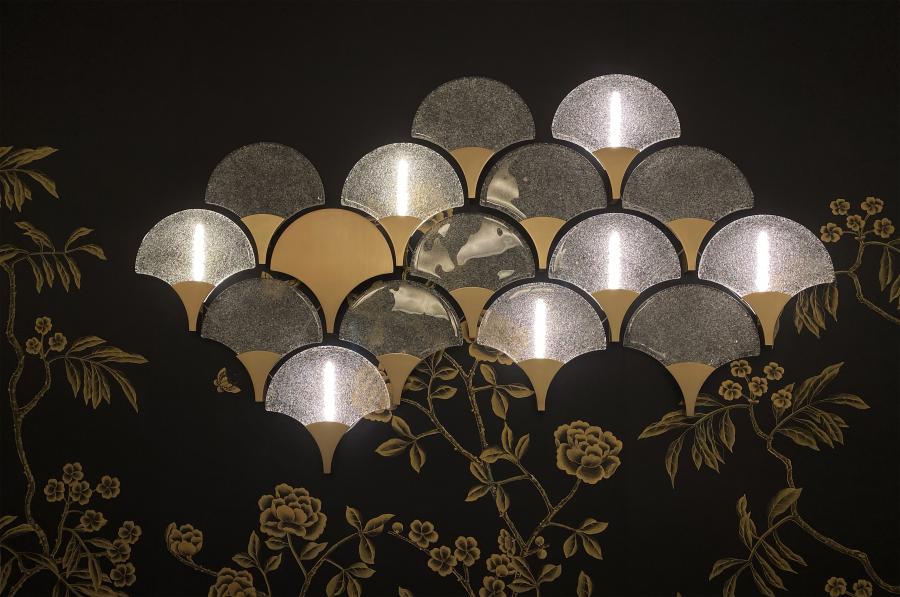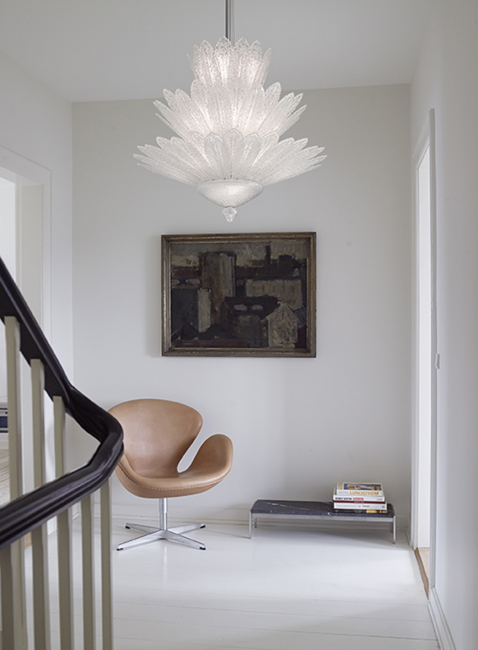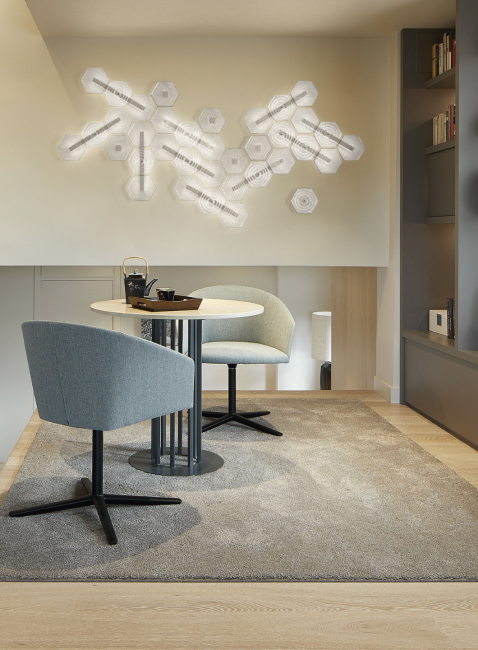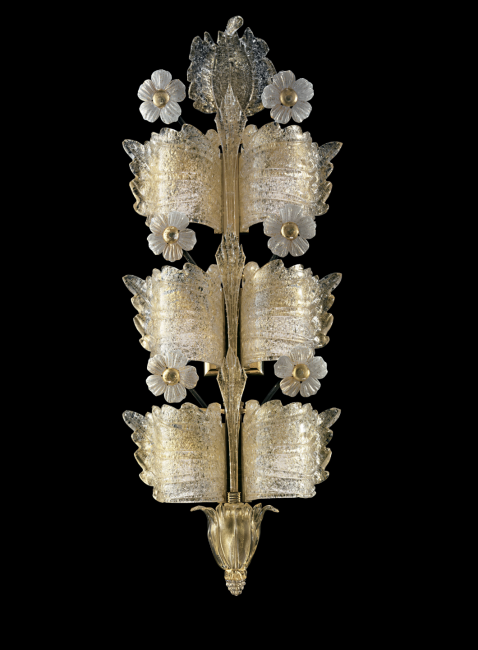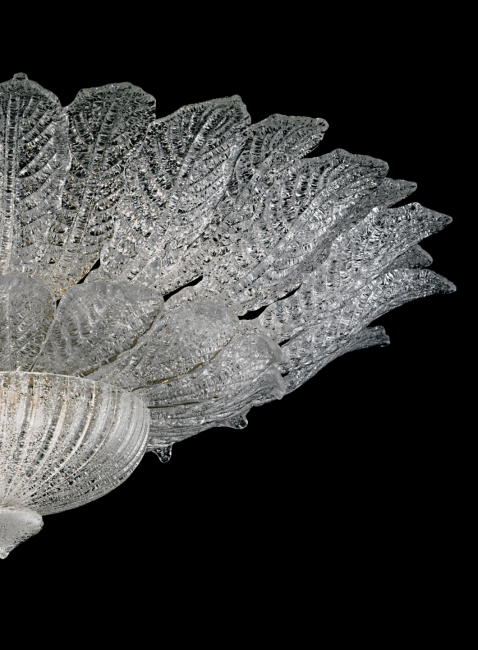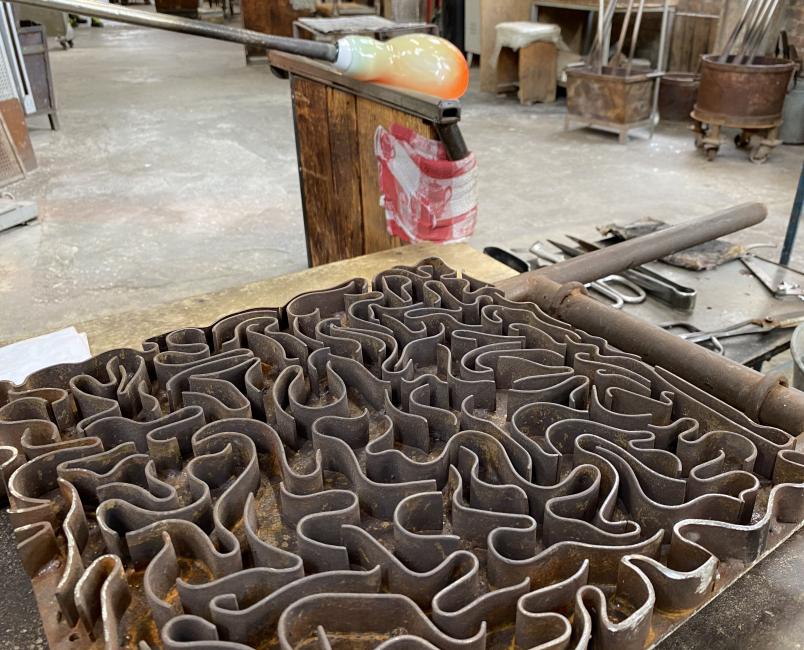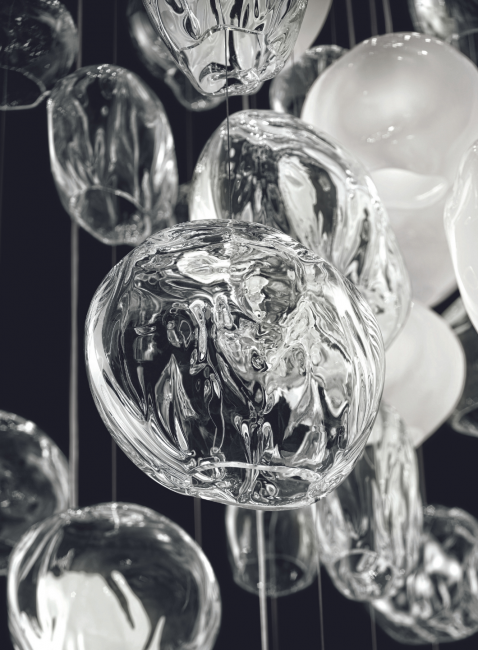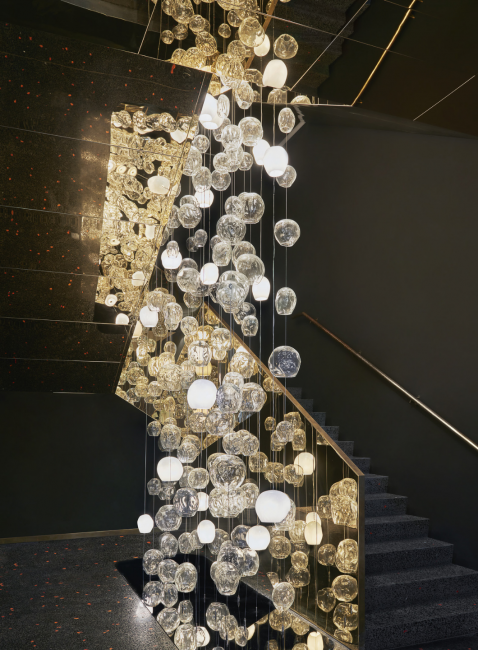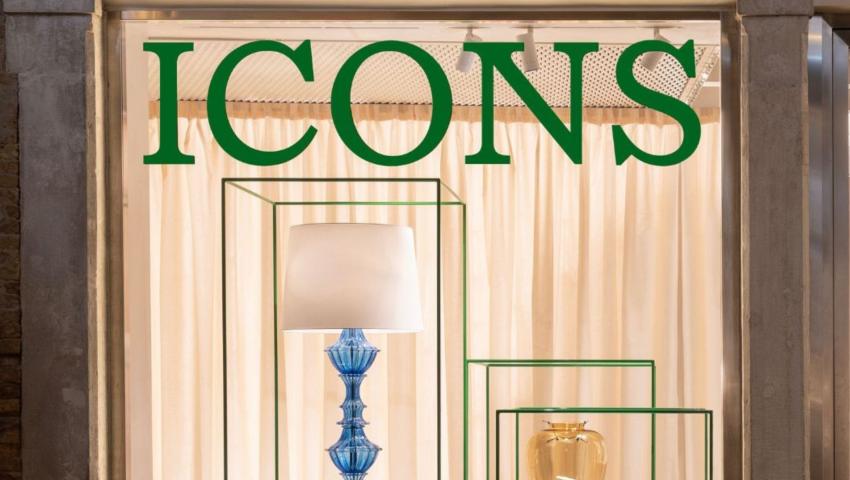Through flair and mastery, ancient techniques take on new keys of interpretation. The know-how of Barovier&Toso continues to advance, creating new connections and combinations.

There are forms of expertise, skills and secrets that are not found in books, but transmitted directly from one generation to the next. This is the only possible way of conserving the memory of gestures, processes, types of workmanship... the only way to perpetuate the art of glassmaking and to make it grow over time.
An invisible chain connecting past and present, permitting replication of techniques, specific effects, colours, and forms, enriching a heritage of knowledge with every reiteration. To enable this legacy accumulated in seven centuries of history to release its full potential with the greatest freedom, Barovier&Toso has granted it many different lives, through multiple interpretations. Today, the age-old techniques, symbolizing the tradition, are practiced in the glassworks at the fullest state of the art, generating classic and iconic products, contemporary rediscoveries of styles that never lose their lustre.
One of these techniques is known as “vetro a ghiaccio”, or “ice” glass, dating back to the second half of the 16th century, and mentioned for the first time in 1570 in a map of Venice. It is a decorative process that consists in immersing the hot glass in water, still attached to the blowpipe. The thermal shock causes a dense network of cracks on the surface. When the piece is then delicately heated in the furnace an ice effect is produced, without damaging the solidity of the glass walls.
The Barovier&Toso collection that has undoubtedly made ice glass its protagonist is Trim, featuring modular pieces like reeds, or with a hexagonal cross-section. From the suspension lamp to the ceiling model, all the way to dramatic custom installations, Trim interprets contemporary architectural spaces with its energy and its sculptural beauty, emphasized by very timely, expressive decoration.
Elegant and sophisticated, the “rugiada” (meaning “dew”) technique was instead invented in 1938 by Ercole Barovier and then patented by Barovier&Toso. The dewy decorative effect is achieved during the working process by the hot attachment of minute fragments of glass that give the object extreme brightness.
Tuileries revises this craftsmanship in a modern way, exploiting symmetry, the contrast with metal parts in a honey-bronze hue, and the possibility of creating unlimited wall compositions.
Marrakech, Spade, Excelsior and Grand Hotel are also extraordinary, enhancing the rugiada glass in forms inspired by nature.
There are other techniques, some even dating back to the Roman era, which call for the use of moulds. In the Murano tradition these moulds are usually made with pear wood, but they can also be in cast iron or other metals. One of these processes is known as “corteccia” (“bark”), a treatment applied to the surface of the glass by blowing the piece on a flat metal mould. The irregular motif of the piece is imprinted on the glass with an undulated, every natural effect.
The Hanami is entirely based on this type of workmanship. As in a modern work of art, the same element is repeated and multiplied, vertically and horizontally. Every glass bubble is different from the others, but made with the same corteccia technique. The compositions generated by these volumes with their organic forms are very dynamic, suggesting water but at the same time the process of blowing with which they are made.
The ability to transform, to create, to shape beauty, respecting history while evolving towards the future, is the true crossroads of tradition and innovation, a mission that genuinely belongs to Barovier&Toso.
